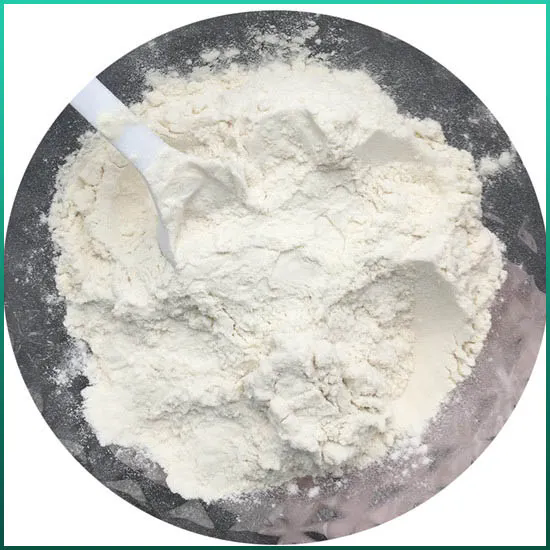Detailed Overview of Guar Gum
2024-07-31
Guar gum is a natural polysaccharide derived from the seeds of the guar plant (*Cyamopsis tetragonoloba*), which is native to India and Pakistan. It is commonly used as a thickening, stabilizing, and gelling agent in various industries, including food, pharmaceuticals, and cosmetics. Here’s a detailed overview of guar gum:
Key Features
1. Chemical Composition:
- Polysaccharide: Guar gum is composed of galactose and mannose units, which form a high-molecular-weight polymer.
- Solubility: It is soluble in water and forms a gel-like consistency when dissolved.
2. Physical Properties:
- Powder Form: Typically available as a fine, white to off-white powder.
- Viscosity: Has high viscosity even at low concentrations, which makes it effective as a thickening agent.
3. Applications:
- Food Industry: Used as a thickener, stabilizer, and emulsifier in products like sauces, soups, dressings, dairy products, and baked goods.
- Pharmaceuticals: Employed as a binder and disintegrant in tablets and as a thickening agent in liquid formulations.
- Cosmetics and Personal Care: Used in lotions, creams, and shampoos for its thickening and stabilizing properties.
- Industrial Uses: Utilized in oil drilling, textile printing, and paper manufacturing as a viscosifier and stabilizer.
Benefits
1. Thickening and Stabilizing:
- Effective Thickener: Provides excellent thickening properties, which is useful in various formulations.
- Stabilizing Agent: Helps to stabilize emulsions and suspensions, preventing the separation of ingredients.
2. Natural and Safe:
- Natural Source: Derived from the guar plant, it is a natural and generally recognized as safe (GRAS) ingredient.
- Non-Toxic: Non-toxic and safe for use in food and cosmetic products when used according to recommended guidelines.
3. Versatility:
- Wide Range of Applications: Suitable for use in diverse industries due to its thickening, gelling, and stabilizing properties.
4. Low Dosage Requirement:
- Efficient Use: Effective at low concentrations, making it cost-effective and efficient in various applications.
Considerations
1. Solubility and Mixing:
- Dissolution: Guar gum should be properly dissolved in water to avoid clumping. It is often best to disperse it in a small amount of water before adding it to a larger batch.
2. Temperature Sensitivity:
- Heat Stability: While generally stable, excessive heat can affect the viscosity and performance of guar gum. It is important to manage processing temperatures carefully.
3. Allergies and Sensitivities:
- Potential Allergens: Although rare, some individuals may have sensitivities or allergies to guar gum. It is important to monitor for any adverse reactions, especially in food products.
4. Regulatory Compliance:
- Usage Limits: Follow regulatory guidelines and recommendations for the appropriate use levels in different applications, particularly in food and pharmaceuticals.
Applications in Different Industries
1. Food Industry:
- Textural Improvement: Used in sauces, dressings, soups, and baked goods to improve texture and consistency.
- Fat Replacement: Can be used to mimic the texture of fat in reduced-fat products.
2. Pharmaceuticals:
- Tablet Formulation: Acts as a binder and disintegrant in tablets, aiding in controlled release and dissolution.
3. Cosmetics and Personal Care:
- Emulsion Stabilization: Enhances the stability and consistency of lotions, creams, and shampoos.
4. Industrial Applications:
- Oil Drilling: Used as a viscosifier in hydraulic fracturing fluids.
- Textile Printing: Serves as a thickening agent in textile dyes and prints.
Guar gum is a versatile and effective ingredient used in a variety of applications for its thickening, stabilizing, and gelling properties. Understanding its characteristics and applications helps in utilizing it effectively across different industries.



